Are there neoplasms on your skin? Has the doctor diagnosed a papilloma? What is it and how to get rid of the disease? Don't be afraid to go to the doctor. Treatment depends on the nature and type of the virus. This can be both the use of drugs and the surgery or cauterization of the papillomas. Modern medicine is able to remove any type of neoplasm and help prevent the recurrence of the disease in the future.
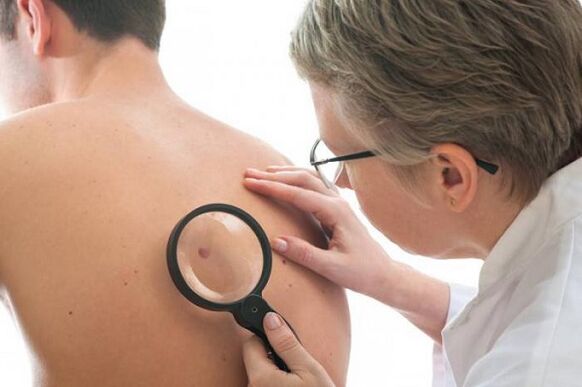
Causes of papillomas
Have you heard of the papilloma diagnosis? What is it and why did you have the problem? Microtrauma, contact, sexual intercourse and even childbirth - all of this can become a factor in infection with viruses of the papillomavirus genus. The incubation period, during which the disease will not manifest itself, can be one month or six months. The virus causes benign tumors that look like warts to form.
Almost everyone knows what a papilloma looks like because the disease is one of the most common skin problems that adults and children face. Over time, the growths can increase in both size and number. However, sometimes papillomas remain almost invisible, flat, and few in number.
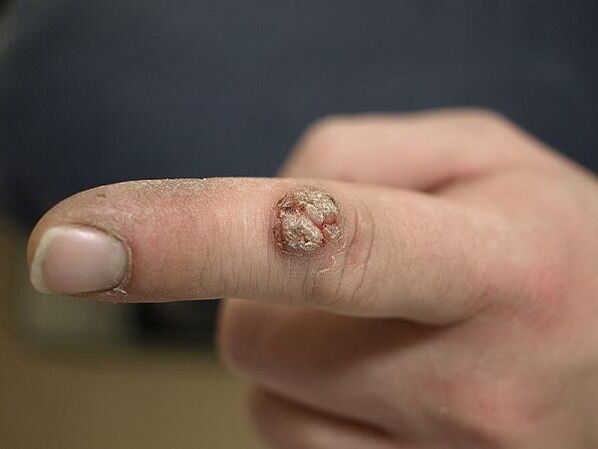
The cause of this neoplasm is still the human papillomavirus. It is he who causes changes in the growth of tissues, affects the mucous membranes, causes considerable discomfort in everyday life. Doctors share more than a hundred varieties of the virus, which only a specialist can determine.
Risk area
The human papillomavirus, which causes neoplasms to appear, most often attacks people with low immunity. These are often children and adolescents whose immune systems weaken during active growth. Smoking, alcohol abuse, promiscuous sex - all of these bad habits can also become a factor in the development of the disease. Since the virus is easily transmitted from person to person, people who periodically use other people's towels or shoes that do not adhere to hygiene rules are also at risk. Women who have been taking oral contraceptives for a long time are also at risk of finding papillomas of various etiologies on their body or mucous membranes.
Diagnosis of the disease
Papillomavirus may not make itself known for a long time, neoplasms do not occur, and the question of whether to remove papillomas is not put to a person. In this case, the disease can already be harmful to health. For example, in women, it can affect the genitals, including cervical cancer. That is why, in order to find out whether a virus is present in the body, it is necessary to regularly pass a DNA test, which determines exactly what the problems are in the body.
Types of papillomavirus
Modern medicine distinguishes more than a hundred types of papillomavirus, which, in turn, are divided into groups: non-oncogenic, viruses with low oncogenicity and types with high oncogenicity. The papilloma virus, the symptoms of which are often hidden, belongs to the latter group, can cause cancer of the rectum and genitals in men, and also lead to cervical cancer in women. The main role here is played by timely diagnostics, which allows you to recognize the virus in time and minimize these dreadful health consequences by prescribing an effective remedy for papillomas in time.

Viral papillomas
Often, viral papilloma occurs on the hands and other parts of the face and body. What is it and what damage does the neoplasm cause to health? It looks like a papilloma, often called vulgar, like a wart on a leg. Sometimes the base of a benign formation is rather wide, the surface is uneven, outwardly resembling cauliflower. Papillomas keratinize, merge with each other, forming fairly large affected areas.
Viral skin papillomas most commonly occur on the arms, armpits, eyelids, under the breast, and on the neck. The main feature of these neoplasms is that they can periodically disappear and reappear in the same place. The treatment is prescribed by a dermatologist. This can be the removal of papillomas with nitrogen or drug treatment.
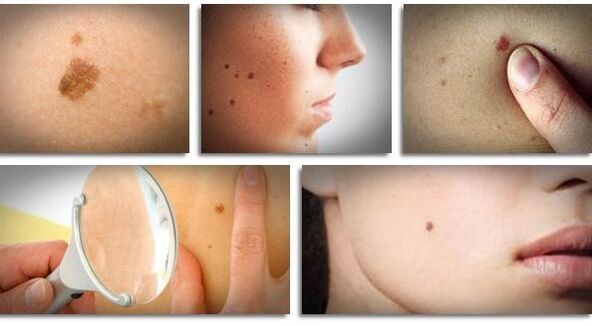
Genital warts
This type of papilloma is localized in areas usually injured during sexual intercourse. These are the anus, the femoral-groin area, the buttocks. In shape, the condyloma resembles a rooster crest on one leg. The localization function makes neoplasms vulnerable. They are often injured and bleed and release a foul-smelling fluid.
Genital warts cause pain and discomfort during sex and can interfere with normal childbirth. In some cases, giant warts cause considerable discomfort when moving, limit a person's usual mobility, and the question of whether to remove papillomas becomes unequivocally yes.
Flat warts
Regular examination by a gynecologist will help identify flat warts - a type of papilloma, which is the main cause of cervical cancer in time. Neoplasms at an early stage can be diagnosed by biopsy and colposcopy, since it is almost impossible to visually detect the disease.
This type of papilloma also occurs in children. Traditionally, the disease is accompanied by redness, itching and pain of the affected skin. The smooth, flat bumps merge with the skin in color and can be polygonal or rounded in shape.
Filiform papillomas
What papillomas, called filamentous, look like is known to 50% of the population over the age of 50. Formations appear in the groin, armpits, eyelids and neck. Small, elongated yellowish bumps grow quite quickly, reaching a size of about 5 mm, are injured and inflamed. By themselves, filamentous neoplasms do not go away. Medical intervention is required, for example, removal of papillomas with nitrogen.
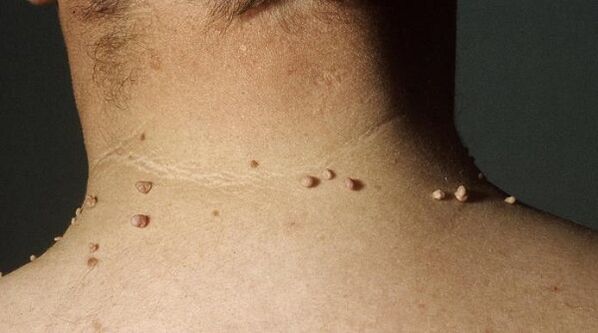
Processing methods
- Cauterization of neoplasms with chemical agents. When using this method, the papilloma dies, a scab forms in its place, which is replaced by healthy, smooth skin within a week. To prevent the abnormal development of skin cells after removal, a qualified doctor should perform the procedure, which will accurately determine the nature of the problem and conclude that this technique is appropriate.
- The surgical technique, which involves cutting the neoplasm with a scalpel, is performed under local anesthesia and requires the subsequent application of a compression bandage to the site of the cut.
- The safest and most modern cure for papillomas is laser removal. The method is used on neoplasms of any size and at any depth, does not require long-term rehabilitation.
- Cryodestruction (freezing) has also proven its worth. Removal of papillomas with nitrogen is a simple and painless procedure performed on neoplasms with a rather superficial formation. They prefer to remove deep papillomas by other methods, since during cryodestruction it is difficult to control the deep tissues, which can lead to incomplete removal of the papilloma or the occurrence of a burn.
- Electrocoagulation, based on the impact on the papilloma with a high-frequency current, allows you to remove sufficiently deep neoplasms. During the procedure, protein tissue coagulation occurs, infection and bleeding is excluded. Anesthesia is only used when removing large papillomas.
- High-precision removal of papilloma occurs with the method of radio wave therapy. This allows you to achieve an almost perfect result, to avoid scars and burns. That is why this method is so popular when removing papillomas located on the face and other open areas of the body. You will simply forget what a papilloma looks like.
- In case of relapse, the above methods require complex antiviral therapy to prevent recurrence of the disease.
- Traditional methods of treating papillomas, for example, celandine or apple juice, which our grandmothers recommend for removing neoplasms, may be relevant only as a help.
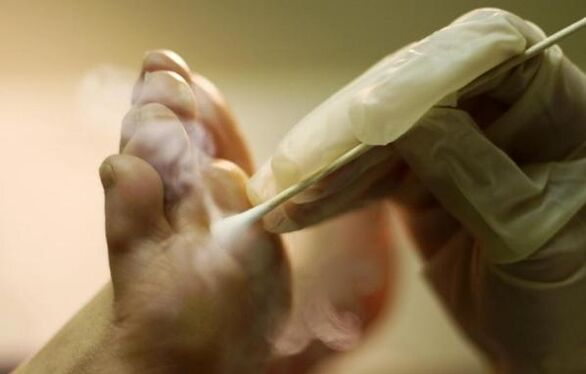
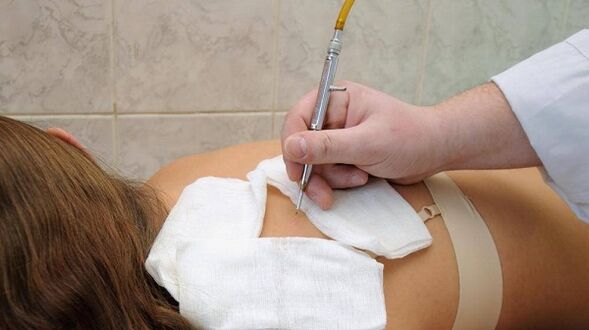
Preventative measures
Have you encountered any problem such as papilloma on the body? What is it and what is the reason for its appearance, you know for sure? It is worth protecting yourself with the help of the preventive measures available. It is a rejection of bad habits, observance of basic hygiene rules, good nutrition, which allows to maintain immunity at a high level, the absence of frequent stress, regular medical examination.























